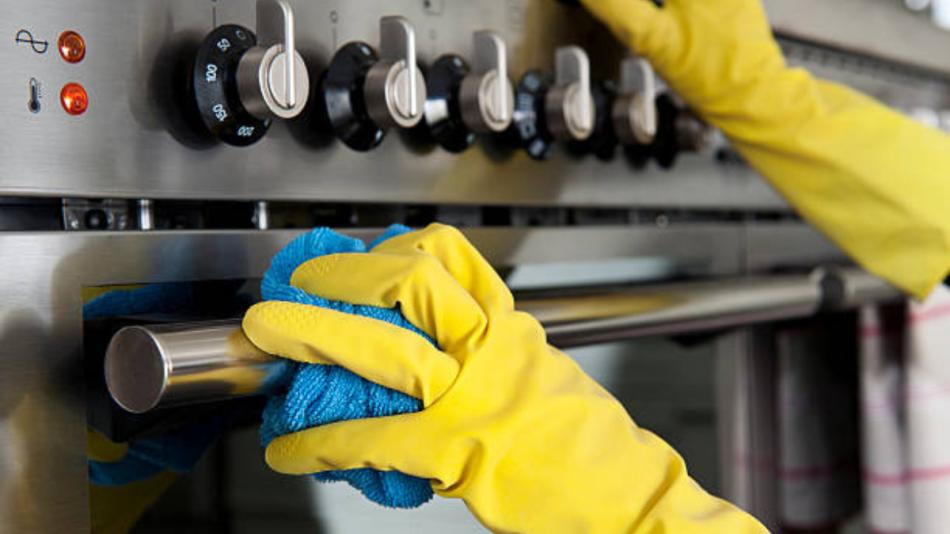Maintaining a clean and disinfected environment helps kill germs, bacteria, and other microorganisms that can cause infectious diseases. It also prevents allergies and respiratory diseases.
(Keep reading: How do you clean and disinfect a mattress? Recommended products and techniques)
The research analyzed the cleaning habits and behaviors of more than 30,000 people in 39 countries, as well as their knowledge about household dust and its possible impact on their well-being. The results show that there is a lack of knowledge of what is in house dust and, therefore, of the consequences that this can bring to health.
Maintaining proper cleanliness helps reduce exposure to these substances and improves indoor air quality.
55% of people believe that the toilet is the worst place to harbor viruses without taking into account that carpets, sofas and beds are also receptors for this type of microorganism.
The study also revealed that there has been a significant reduction in the number of people keeping regular cleaning schedules in the past year.
The truth is that the accumulation of dust, allergens and mites in homes or workplaces can trigger allergies and respiratory problems, such as asthma and allergic rhinitis. Maintaining proper cleanliness helps reduce exposure to these substances and improves indoor air quality.
According to figures presented by the Colombian Allergy Association, it has been found that up to 22% of the population in Colombia suffers from some type of allergy, and according to figures provided by Dyson, in the world there is a person with an allergy in 53% of homes, but only 33% know that dust contains this type of allergen and 32% that it contains mite feces.
(You may be interested in: Why deep cleaning your home is not a guarantee of good health)
In this sense, 44% of those surveyed affirm that the most important reason to eliminate dust is to keep all the inhabitants of your home healthy. However, most of the respondents clean only when they can perceive dirty spaces and only 15% clean for hygiene and 12% to remove particles that spread allergies.
“The covid-19 pandemic highlighted the need for regular cleaning to keep homes healthy. This significant increase in the number of people only cleaning when dust is visible is cause for concern, as many dust particles – including bacteria, house dust mite feces and pollen – are microscopic and imperceptible to the naked eye.” . Monika points out
Stuczen, Research Scientist in Microbiology and study participant.
Another aspect that the research highlights is that people do not know what elements can live in their pets and bacteria, skin flakes, mites, viruses and dust are found in their fur, even so, 43% of dog and cat owners they do not restrict the places in the house where they can stay.
49% of those surveyed answered that they are allowed to get on the beds, 48% let them get on the sofas and only 42% are concerned about the viruses that they can transmit inside the house.
The truth is, a clean and organized space can have a positive effect on mental and emotional well-being. A clean, clutter-free environment can help reduce stress and improve concentration and mood.
- Preparation: Before you begin, make sure you have all the necessary cleaning supplies, such as rags, sponges, detergent, disinfectant, vacuum cleaner, broom, etc. Organize your tools so you don’t have to interrupt cleaning to look for something.
- Order and clearance: Before you start cleaning, make sure the space is neat and uncluttered. Pick up objects and organize items for easy cleanup.
- Vacuum or sweep: Start by removing dirt and dust from the floor. Vacuum carpets and rugs, and sweep hard floors to pick up dust and debris.
- Surface cleaning: Use suitable cloths or sponges and appropriate cleaning products to clean the surfaces. Wipe down with a damp cloth or use an all-purpose cleaner to clean tables, countertops, desks, and other surfaces.
- Window cleaning: Use glass cleaner and lint-free cloths to clean windows, mirrors, and glass surfaces.
- Disinfection: To disinfect areas prone to germ buildup, such as kitchens and bathrooms, use an appropriate disinfectant. Pay special attention to door handles, faucets, and other frequently used objects.
- Appliance cleaning: Clean kitchen appliances, such as the oven, stove, microwave, and refrigerator, following the manufacturer’s recommendations and using appropriate cleaning products.
- Bathroom cleaning: Use a bathroom-specific cleaner to clean the toilet bowl, sink, and shower or tub. Remember to also clean the fixtures and taps.
- Laundry: Regularly wash bedding, towels, curtains and other textiles to maintain a clean and fresh environment.
- Ventilation: During and after cleaning, be sure to keep the space well ventilated to eliminate odors and allow fresh air to circulate.
- Periodic Deep Cleaning: In addition to regular cleaning, perform deeper cleanings periodically, focusing on areas that often go unnoticed in daily cleaning, such as behind furniture, inside cabinets and drawers, etc.
- Safety and caution: Always follow the instructions on cleaning products and take proper precautions to protect your hands and eyes, especially when using stronger chemicals.
D. Vanessa Ortiz




